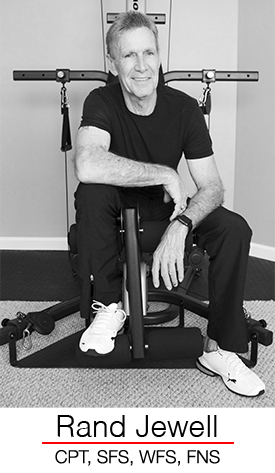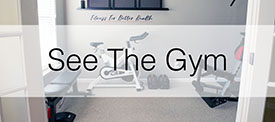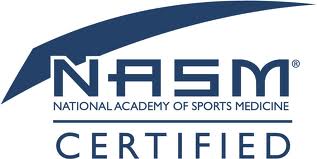Everyone starts off with good intensions. However, researchers have indicated that the first two weeks everything is usually going along beautifully but, by February, people are backsliding and by the following December. Most people are back where they started. In fact, recent studies have indicated that 45-50% of the population make resolutions every year but, only 8% achieve their goals.
There are literally tons of research and studies as to why the failure rate is so high. I think it's best illustrated by Timothy Pychyl, professor of psychology at Carleton University in Canada. He says that resolutions are a form of "Cultural Procrastination", an effort to reinvent oneself. People make resolutions as a way of motivating themselves but aren't ready to change their habits, particularly
bad habits. This procrastination, along with setting unrealistic goals, accounts for the high failure rate.
No one said it was going to be easy but if you keep it simple, realistic, and hold yourself accountable your resolution will become a reality. Let's take a look:
1. Set realistic, specific, and time bound goals that are broken down in digestible pieces.
Don't let yourself get overwhelmed. Take small steps. For example: I want to loose 35 pounds in 12 months as follows:
- 10lbs by March 31st
- 20lbs by June 30th
- 25lbs by August 30th
- 30lbs by October 31st
- 35lbs by December 31st
2. Hold yourself accountable:
- Log and track your workout progress. This is the only way you will be able to determine what's working and what's not working.
- Log and track your daily food intake. I have always recommended Fooducate. It not only tracks your intake, but provides you with the needed information to adjust and stay on track. Remember, you are 80% of what you eat.
- Have an accountability buddy. This should be someone who is close to you that you have to report to; this could be a Personal Trainer, a family member, a close friend, or even someone who is taking the same fitness journey as yourself.
Helpful posts from the archives:
Gauging Success
Tracking Daily Progress with Fooducate
Staying on Track while Traveling
Fitting in a Workout on Your Busiest Days
Nutrition Tips
Remote Training Program
I wish everyone the best as you reach out and accept new health and fitness challenges in 2018.
Until next time, enjoy your workouts.






















































